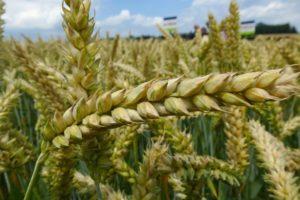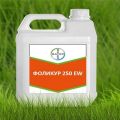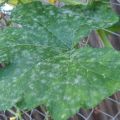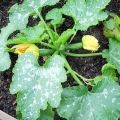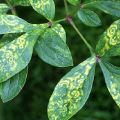Instructions for use of the fungicide Ferazim, composition and safety measures
Ferazim is a systemic fungicide, according to the instructions for use, is used to protect cereals and sugar beets from the main enemies that cause the death of half of the crop. The drug is diluted with water to the desired concentration. The solution is used to treat crops during the growing season. The fungicide can be used to dress the seeds before sowing.
Features of the drug
Ferazim is a systemic fungicidal agent that is used to protect and treat plants from a number of fungal diseases, primarily from powdery mildew. The drug works for 2-4 weeks.
During the season, the treatment of plants with this fungicide is recommended 1-3 times. There should be an interval of 10-30 days between sprays (depending on the lesion).
Purpose, composition and form of release
The fungicidal preparation has a protective and therapeutic effect. Ferazim contains carbendazim. This fungicidal preparation is produced in the form of a concentrated suspension. Sold in 10 liter plastic cans.
It is used for such crops:
- cereals (wheat, barley, rye) - from septoria, powdery mildew, fusarium, rot, brown rust, cercosporellosis, gray mold;
- sugar beet - from cercosporosis, powdery mildew;
- apple trees - from scab, powdery mildew;
- potatoes - from rhizoctonia, fusarium rot;
- sunflower - from phomopsis.
It is recommended to dilute the drug with water before use. The dosage for each plant is indicated in the instructions. The working solution is sprayed on crops during the growing season for the purpose of prophylaxis or when a fungal infection appears. The fungicide can be used to dress the seeds.
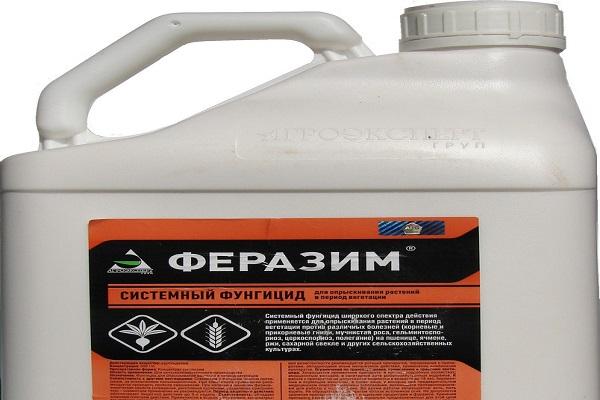
How does the remedy work?
The active substance - carbendazim - belongs to the class of benzimidazoles. When ingested through foliage or roots, the drug inhibits mitosis in fungal cells. The active substance does not affect DNA synthesis. The drug begins to show fungicidal properties 4-6 hours after plant irrigation. The active substance slows down the process of cell division of the pathogen, prevents the development of the fungus, and blocks sporulation.
Advantages and disadvantages of a fungicide
Pros:
- simultaneously has protective and therapeutic properties;
- protects all parts of the plant, even new leaves that appear;
- is not washed off by precipitation;
- begins to act 4-6 hours after irrigation;
- can be used at low temperatures.
Disadvantages:
- persists for a long time in the soil (half-life - 6 months);
- with prolonged use, resistant forms of fungi appear.

Consumption rates for different plants
Dosage for different crops:
- For cereals: for ten liters of liquid, 10-20 milliliters of concentrate.
- For sugar beets: for ten liters of water, 20-25 milliliters of suspension.
- For indoor flowers: for one liter of liquid 0.3-0.5 milliliters of concentrate.
Specificity of preparation of working solution
The fungicidal solution is prepared just before the treatment of the plants. The dissolved substance is not stored for a long time, as it quickly loses its beneficial properties. To prepare the solution, use plastic containers.
The suspension is first diluted with a small amount of water, and then the entire volume of liquid is added. The mixture is stirred for 10 minutes before use.
It is also recommended to stir the solution during use so that it is homogeneous.

Wheat, barley and rye
The fungicide protects cereals from various rot, powdery mildew, snow mold, smut, and prevents lodging. Spraying is carried out for the purpose of prophylaxis or when a fungal infection appears. Cereals are cultivated in early spring, winter crops - in autumn.
For ten liters of liquid, take 10-20 milliliters of concentrate. In one season, 1-2 treatments are carried out with an interval of 10-15 days. For seed dressing, a solution of ten liters of liquid and 1 liter of concentrate is prepared. This mixture is enough to process 1 ton of grain.
Sugar beet
The fungicide is used to protect beets from powdery mildew and cercosporosis. To prepare a working fungicidal solution for ten liters of liquid, take 20-25 milliliters of concentrate. For the treatment of the fungus, 1-3 treatments are needed with an interval after each of 10-15 days.

Indoor flowers
Indoor plants can be treated with a fungicidal solution to protect them from root rot, powdery mildew. For spraying flowers, make a mixture of low concentration. For one liter of water, you need to take only 0.3-0.5 milliliters of suspension (the substance is measured with a syringe). One treatment is enough to protect indoor crops. In case of severe damage, spraying can be repeated after 10 days.
How to apply the ready-made solution
A freshly prepared fungicidal solution is sprayed on plants for protection or when a pathogen appears. It is recommended to carry out processing 1-3 times per season. Treatment is carried out systemically, every 2-3 weeks. Seed dressing is carried out immediately after harvest or a couple of days before sowing. The last spraying is carried out 30 days before harvest.

Safety in use
Ferazim belongs to hazard class 2 (for humans). You need to work with it with care. When preparing a fungicidal solution, you must use a respirator, rubber gloves, wear a protective suit. After work, you need to wash your hands and face with warm water and soap, rinse your mouth with a soda solution.
Toxicity degree
The drug is not phytocidene. It is relatively safe for entomophages. In small doses, it does not inhibit earthworms. Safe for birds, fish, bees.
Weakly toxic to humans and animals.
Compatibility with other products
Ferazim is compatible with fungicides of other chemical groups. May be mixed with insecticides and acaricides. Cannot be used with highly alkaline preparations.
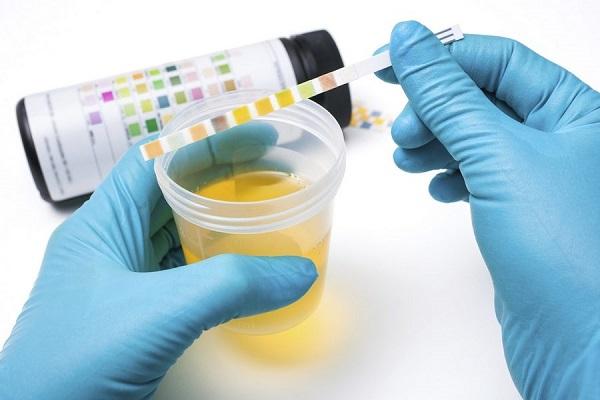
Storage rules
Fungicide in hermetically sealed original packaging can be stored for 3 years from the date of manufacture. The optimum storage temperature is 10-20 degrees above zero. The suspension canister should be kept away from food and out of the reach of children.
Analogs
Similar drugs containing carbendazim: Derozal Euro, Karbezim, Karzibel, Sarfun. For preventive treatment of plants against a wide range of fungal diseases, you can use the biofungicide Fitosporin.
True, the drug does not contain chemicals. It contains only spores and cells of living bacteria. This systemic fungicide inhibits fungi and can be used as an immunomodulator.

